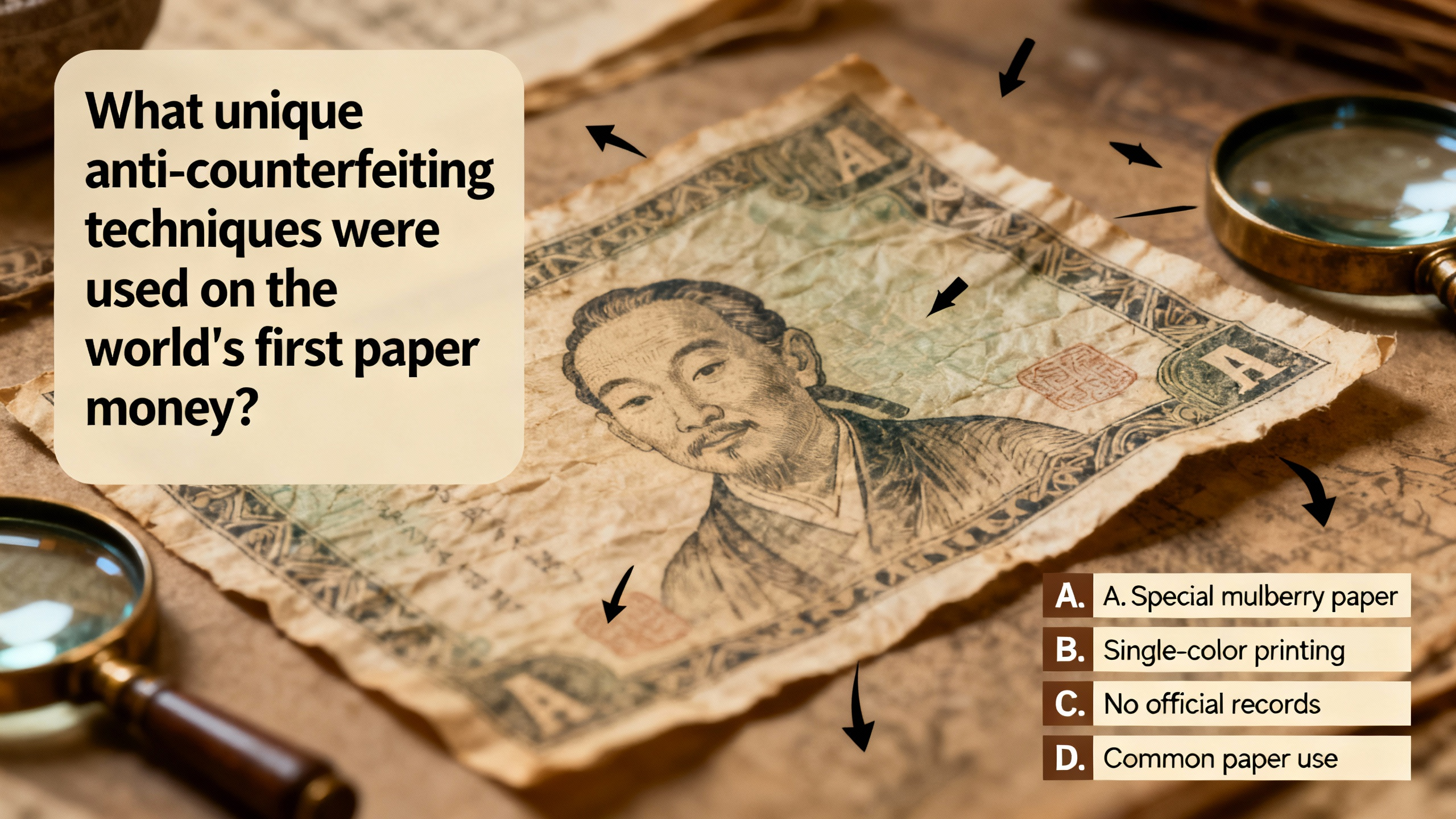The Anti - counterfeiting Techniques of the World's First Paper Money, Jiaozi
 The world's first paper money, Jiaozi, emerged in the Northern Song Dynasty of China, around the 11th century. It employed several unique anti - counterfeiting techniques.
The world's first paper money, Jiaozi, emerged in the Northern Song Dynasty of China, around the 11th century. It employed several unique anti - counterfeiting techniques.
Firstly, in terms of materials, special paper was used. The paper for Jiaozi was made from a specific type of mulberry bark. This kind of paper was not easily accessible to the general public. The production process of this paper was complex and required specific skills and equipment. The unique texture and quality of the mulberry - bark paper made it difficult to replicate. Counterfeiters would have faced great challenges in sourcing the same raw materials and mimicking the manufacturing process, which was a well - guarded secret at that time.
Secondly, advanced printing techniques were utilized. Jiaozi was printed with multi - color woodblock printing. This was a highly sophisticated method in the 11th century. Multiple woodblocks were carved, each for a different color. The process of aligning these blocks precisely during printing was extremely difficult. The intricate patterns and details on Jiaozi, which included various geometric shapes, plant motifs, and text, were carefully designed. These patterns were so complex that it was almost impossible for counterfeiters to reproduce them accurately using the available technology at that time.
Finally, there were strict official supervision and authentication measures. The government set up special institutions to manage the issuance and circulation of Jiaozi. Each note was stamped with official seals and signatures. These seals were made with unique carving techniques, and the signatures were of high - ranking officials. The government also kept detailed records of each batch of Jiaozi issued, including serial numbers and production dates. This made it easier to track and verify the authenticity of the notes during circulation. If a counterfeit note was found, strict punishments were imposed, which also served as a deterrent to potential counterfeiters.
 In conclusion, the anti - counterfeiting techniques of the world's first paper money were a combination of special materials, advanced printing methods, and strict official management. These techniques were quite effective in preventing counterfeiting in the context of that era.
In conclusion, the anti - counterfeiting techniques of the world's first paper money were a combination of special materials, advanced printing methods, and strict official management. These techniques were quite effective in preventing counterfeiting in the context of that era.
